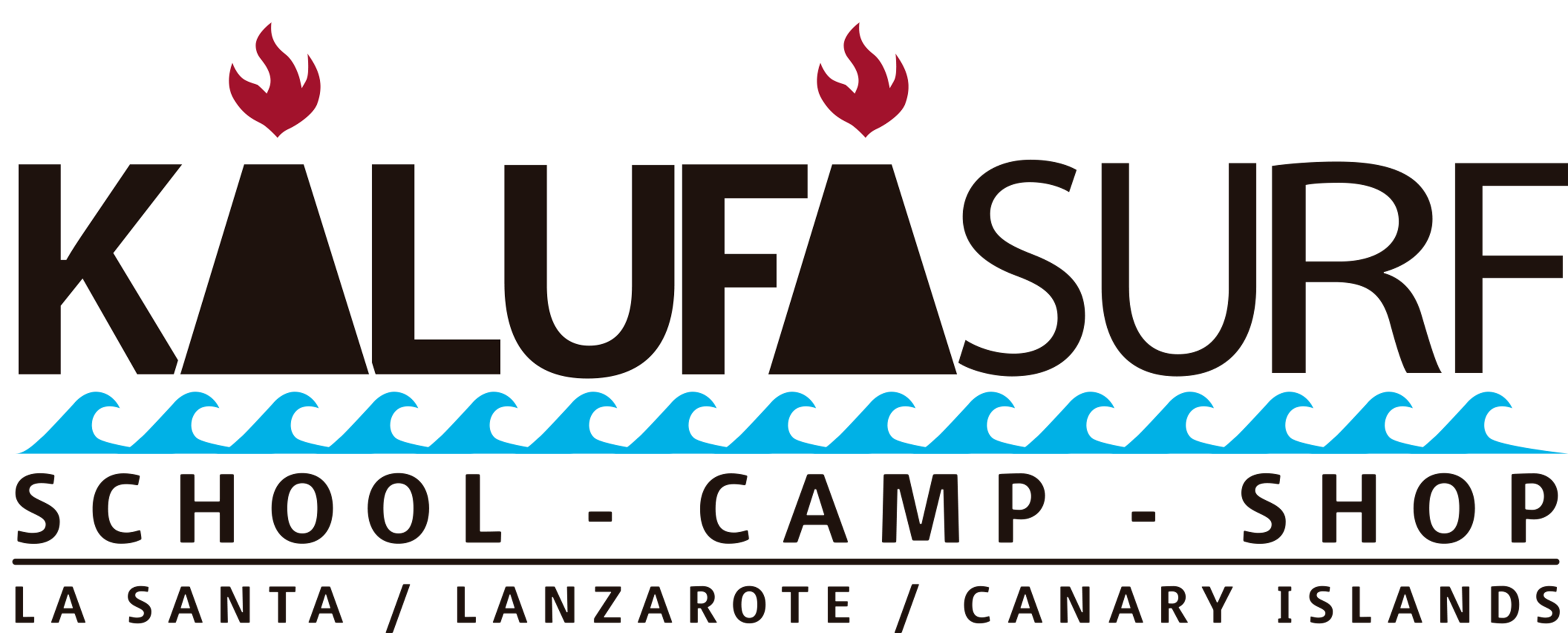La Graciosa / Lagoon, Canary Islands
La Graciosa / Lagoon, Canary Islands is a Shallow, Flat and Chop spot. It is a kitesurfing spot for riders of Any Level.
Recommended wind for kitesurfing is wind coming from NE .
Have fun after the ride: enjoy Nightlife close to La Graciosa / Lagoon, Canary Islands !
La Graciosa / Lagoon, Canary Islands is a Shallow, Flat and Chop spot. It is a kitesurfing spot for riders of Any Level.
Recommended wind for kitesurfing is wind coming from NE .
Have fun after the ride: enjoy Nightlife close to La Graciosa / Lagoon, Canary Islands !
How to get there
La Graciosa is a 25 minute ferry trip away from Lanzarote. Get to La Graciosa and ask for directions to the lagoon.
Nearest Airports
Distance
40km from spot
How to get there
How to get there
La Graciosa is a 25 minute ferry trip away from Lanzarote. Get to La Graciosa and ask for directions to the lagoon.
Nearest Airports
Distance
40km from spot
Best Schools in Lanzarote
#1: ZooPark Famara

4.8/5 (470)
#2: Kalufa Surf

4.5/5 (8)
Riding Conditions in La Graciosa / Lagoon, Canary Islands
Riding Conditions
Wind and Weather Conditions
The Canary Islands are famed for their pleasant sub-tropical climate. La Graciosa the most northerly island has an arid desert like climate that averages 14-22°C in winter and 22-28°C in summer. There is hardly any rainfall, relatively low humidity and cooling sea breezes, these factors combine to make it "the island of eternal spring". The waters around the islands are not as warm as they might be at this latitude, due to the cool Canaries current that flows through the islands from the North. However, kiteboarders from northern Europe will find them relatively balmy, averaging 18°C in winter (January to March) and 24°C in summer (July to October). In terms of what to wear in the water, wintertime visitors from northern Europe will be comfortable with a very light full suit or shorty, whilst summertime is board shorts weather.
Recommended wind for kitesurfing is wind coming from NE .
There is Trade wind at La Graciosa / Lagoon, Canary Islands.
Due to it's position and the predominant wind direction it is almost always side and sideonshore. The Canary Islands located close to the North African coast (approx. 100 kms) and the Sahara desert, are on the fringe of the trade winds and in the middle of a major ocean current - the Canary current. The predominant winds are the NE trade winds that blow throughout the year. In the summer they become more consistent and stronger and the sea breezes create a pleasant climate both on the water and on shore. The trade winds "Los Alisios" can kick in as early as March and as late as May and contrary to popular belief they are not strong winds only about 3 Bft on the open sea. The best time to visit the islands is between May and August. The position of the islands creates acceleration zones where the wind is funneled between the "Los Riscos" mountain range of Lanzarote and the island of La Graciosa. Theses winds can sometimes increase to as much as 8-9 Bft and are normally sideshore or sideonshore. The Canary Islands occasionally get hit by the hot dry "Sirocco" winds that blow straight off the Sahara desert. They normally last between from 2-10 days and provide variable conditions (light-strong).
Wind usually blows from NE on the spot.
The best moments to come to La Graciosa / Lagoon, Canary Islands are May, June, July, August and September .
Wind and Weather Conditions
Wind and Weather Conditions
The Canary Islands are famed for their pleasant sub-tropical climate. La Graciosa the most northerly island has an arid desert like climate that averages 14-22°C in winter and 22-28°C in summer. There is hardly any rainfall, relatively low humidity and cooling sea breezes, these factors combine to make it "the island of eternal spring". The waters around the islands are not as warm as they might be at this latitude, due to the cool Canaries current that flows through the islands from the North. However, kiteboarders from northern Europe will find them relatively balmy, averaging 18°C in winter (January to March) and 24°C in summer (July to October). In terms of what to wear in the water, wintertime visitors from northern Europe will be comfortable with a very light full suit or shorty, whilst summertime is board shorts weather.
Recommended wind for kitesurfing is wind coming from NE .
There is Trade wind at La Graciosa / Lagoon, Canary Islands.
Due to it's position and the predominant wind direction it is almost always side and sideonshore. The Canary Islands located close to the North African coast (approx. 100 kms) and the Sahara desert, are on the fringe of the trade winds and in the middle of a major ocean current - the Canary current. The predominant winds are the NE trade winds that blow throughout the year. In the summer they become more consistent and stronger and the sea breezes create a pleasant climate both on the water and on shore. The trade winds "Los Alisios" can kick in as early as March and as late as May and contrary to popular belief they are not strong winds only about 3 Bft on the open sea. The best time to visit the islands is between May and August. The position of the islands creates acceleration zones where the wind is funneled between the "Los Riscos" mountain range of Lanzarote and the island of La Graciosa. Theses winds can sometimes increase to as much as 8-9 Bft and are normally sideshore or sideonshore. The Canary Islands occasionally get hit by the hot dry "Sirocco" winds that blow straight off the Sahara desert. They normally last between from 2-10 days and provide variable conditions (light-strong).
Wind usually blows from NE on the spot.
The best moments to come to La Graciosa / Lagoon, Canary Islands are May, June, July, August and September .
Beach and Tide Conditions
La Graciosa / Lagoon, Canary Islands is a Shallow, Flat and Chop spot.
The launching/landing area is reported to be of Big size.
Empty, sandy beach.
Big flat playground. Lots of space on the water, about 30cm deep. But it can also dry out.
Beach and Tide Conditions
Beach and Tide Conditions
La Graciosa / Lagoon, Canary Islands is a Shallow, Flat and Chop spot.
The launching/landing area is reported to be of Big size.
Empty, sandy beach.
Big flat playground. Lots of space on the water, about 30cm deep. But it can also dry out.
Need to know
There is no beach users reported here.
The is no particular rules reported , but as a best practice, talk to a local before you go on water.
Need to know
Need to know
There is no beach users reported here.
The is no particular rules reported , but as a best practice, talk to a local before you go on water.
Best Schools in Lanzarote
#1: ZooPark Famara

4.8/5 (470)
#2: Kalufa Surf




